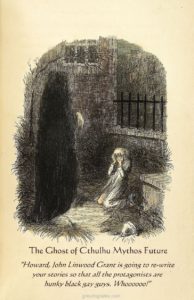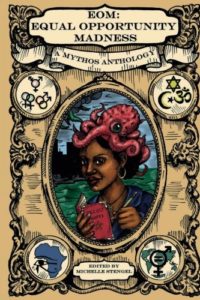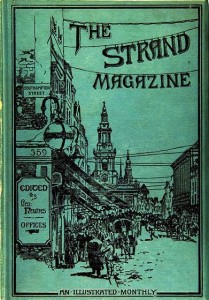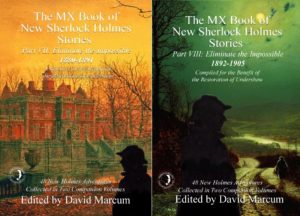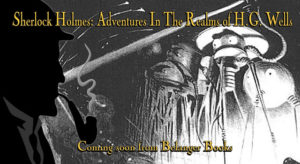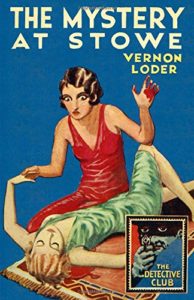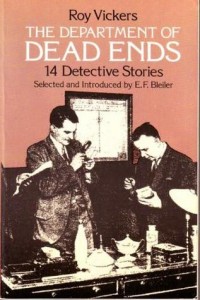Weird art. And more art. We’re celebrating the illustrated side of greydogtales, as part of our 2nd anniversary, with just a few examples to give you the idea. And we have some more testimonial fun from our guests over the period, including artists John Coulthart and M Wayne Miller, artist/writer Bob Freeman, and writer Ted E Grau. Plus our competition continues. Scroll down and enjoy!
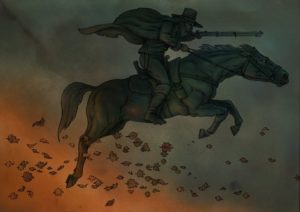
Most pics should be clickable for larger images. Where a feature or interview link is included, lots more work by that artist can be found via that link. ALL art copyright the creators.
John Coulthart
The UK-based artist John Coulthart has a true gift, with an incredible attention to detail and a style which speaks Coulthart with every line. We were fortunate to interview him a while back. Since then he’s busy with a load of projects, many of which are under wraps, but he mentioned recently that he’s been involved in recent covers for Angry Robot Books, and illustrating a range of horror classics for two different imprints.
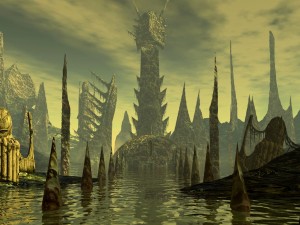
He has a new piece of work in The Thing Artbook, a tribute to John Carpenter’s masterpiece which Printed In Blood are publishing this month.
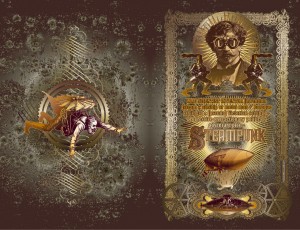
He has this to say of greydogtales:
“ ‘Literature, lurchers and life’ they call it. ‘Lurchers’? A name for a cross-bred dog but too close to ‘lurkers’ for comfort; things hovering at the threshold, straining the integrity of the angled dimensions like Frank Belknap Long’s Tindalosian Hounds. Plenty of lurkers here, a fine company of weird-mongers have followed the tails of those cross-bred dogs to their natural home. Happy birthday!”
You can also see John’s work on the cover of Behold!: Oddities, Curiosities and Undefinable Wonders. Sixteen stories and two poems take you into the spaces between the ordinary—and the imaginations of some of today’s masters of dark and thrilling fiction. From Crystal Lake Publishing, edited by Doug Murano, the Bram Stoker Award-nominated co-editor of the smash hit Gutted: Beautiful Horror Stories.
Our interview with John is here: http://greydogtales.com/blog/john-coulthart-axioms-other-dark-beasts/
M Wayne Miller
M Wayne Miller is well-known to many lovers of weird art through his excellent book covers and interior illustrations, full of adventure and impact. He works as easily in crisp black and white as he does in glorious technicolour.
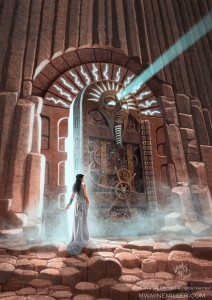
“I had the pleasure of working with greydogtales and ODQ on one of the quirkiest and most fun projects I have ever worked on. It featured a gorilla as a supernatural detective in what is the funniest noir story I have ever read. I expect readers will have enjoyed the tale as much as I. My hope is the artwork added to the fun! I wish GDT a very happy two year anniversary, and hope many more are in store! Perhaps even a bit of artwork now and then from yours truly will add to the fun. Cheers!”
We featured Wayne here: http://greydogtales.com/blog/m-wayne-miller-an-artist-speaks/
And you can visit mwaynemiller.com to view more of his work. Here’s the occult detective art which Wayne mentions above, from Occult Detective Quarterly 1.

The Great Weird Art Gallery
Time for a quick glimpse at some of the work we’ve been able to show off in our two years.
1) Los Grandes Ilustradores
Santiago Caruso, Sebastian Cabrol and Pablo Burman are only three of the terrific South American artists who are making waves, both on canvas and in books, comics and graphic novels.
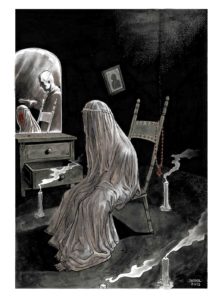

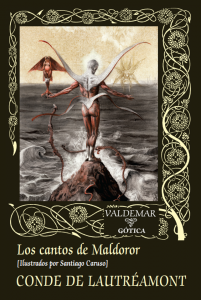

2) Folklore and Folk Horror.
Folk horror is an abiding interest here, and lends itself to the strange and moody in art. We’ve interviewed a number of people in the FHR movement, especially the artists.
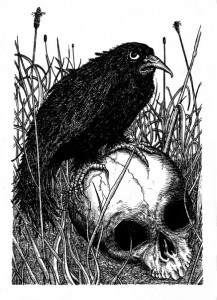

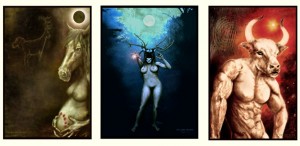
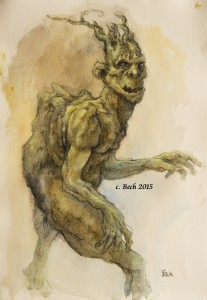
You can see more in our special folk horror features, such as those on Andy Paciorek, Cobweb Mehers and Paul Watson:
http://greydogtales.com/blog/andy-paciorek-the-weirdfinder-general-pt-2/
http://greydogtales.com/blog/eoliths-and-nephilim-a-word-with-cobweb-mehers/
http://greydogtales.com/blog/the-dark-folk-arts-of-paul-watson/
3) The Art of Sword and Soul
We’re great enthusiasts of the work being done by black creators in speculative fiction, and love some of the related illustrations, especially the wild fantasy.
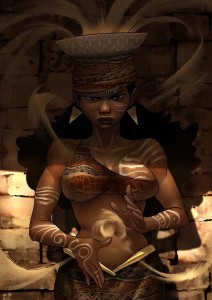
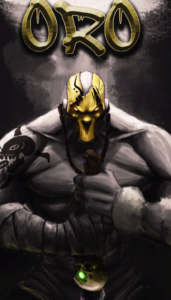
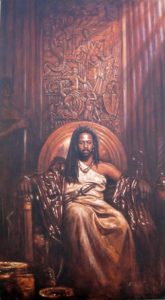
4) The Art Fantastic
We’re interested in the strangest of things, works which flirt with surrealism and decadence. Perhaps the most popular artist featured in the last two years has been Michael Hutter.
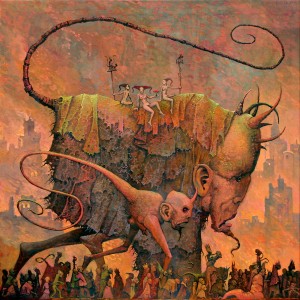
We had a rare interview with him here:
http://greydogtales.com/blog/michael-hutter-interviewed-carcosa-and-beyond/

Raphael Ordonez provided us with some striking imagery, whilst discussing both his paintings and his fantastical speculative fiction, such as the King of Nightspore’s Crown:

More about Raphael here: http://greydogtales.com/blog/raphael-ordonez-fractals-fantasies/
Another popular guest was Alan M Clark, an award-winning artist and also a writer of dark historical novels.

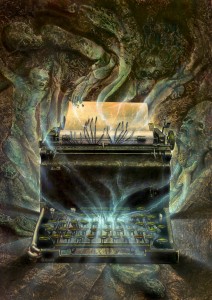
You can see Alan’s work in our long feature:
http://greydogtales.com/blog/dark-arts-dark-lives-the-world-of-alan-m-clark/
There are so many more that we can only pick a few, sadly. There’s the intricate, sometimes psychedelic work of Paul Boswell, who works as Mutartis Boswell (and is the illustrator for JLG’s ‘A Persistence of Geraniums):
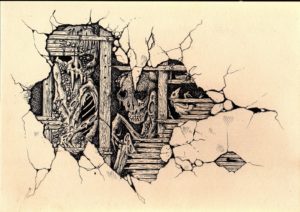
Or the beautifully stylish work of M S Corley, known to many for his book covers and his illustrated interpretation of Carnacki the Ghost Finder:
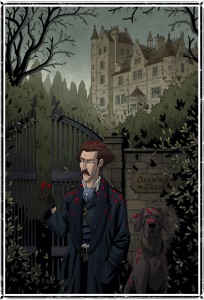
You can find out more about his work in our interview with him http://greydogtales.com/blog/mr-hyde-mr-poe-and-mr-carnacki-an-interview-with-m-s-corley/
We’re always aware that because we’re not organised, and we feature artists as they turn up through other projects, we’ve covered more male illustrators than female ones. This is something we need to rectify. Here’s the work of Barbara Sobczynska, which we mentioned when we covered 18thWall Production’s anthology , After Avalon, edited by Nicole Petit:
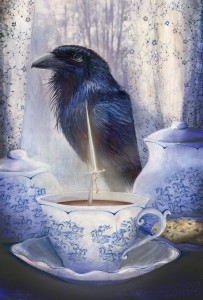
Or how about the wonderful cover by Sarah Anne Langton, for Fight Like a Girl, edited by Roz Clarke and Joanne Hall?

There’s incredible work being done by many more female artists, such as Reiko Murakami.
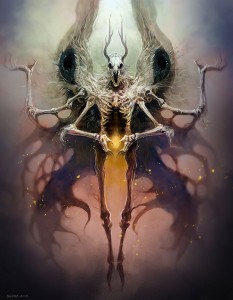
And Caitlin Hackett, who produced the cover for Gutted: Beautiful Horror Stories, from Crystal Lake, which links us to another artist we interviewed.
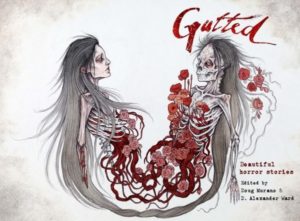
Luke Spooner and Carrion House produce illustration for a wide range of publications, including the Crystal Lake book above. Here’s one for the forthcoming Fearful Fathoms double anthology, coming from Scarlet Galleon Publications.

We talked to Luke about illustrating Gutted here http://greydogtales.com/blog/how-to-illustrate-clive-barker-a-gutted-special/
Bob Freeman
Bob is a writer and an artist/designer, as well as being a real-life occult detective. Greydogtales talked to him last Autumn, and he now has a supernatural collection out, as well as Tarot cards, games and all sorts under his broad wing.
“Happy Anniversary, John! greydogtales has weathered the storm, two years running and growing stronger with every post. It is one of my favorite watering holes, where the weird is well at home. Your tastes mirror my own and thus I am well and duly thrilled to set out wandering amongst the reviews and missives that populate your site. I trust your little corner of the web will continue to prosper and lurch about. Skál!”
— Bob Freeman, author of First Born: Tales of the Liber Monstrorum
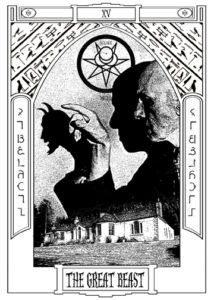
This is our interview http://greydogtales.com/blog/games-portents-paranormal-worlds-bob-freeman/ and you can get Bob’s new collection here:
Ted E Grau
Late last year we also showed off Candace Tripp’s beautiful cover for Ted E Grau’s novella They Don’t Come Home Anymore. In this, the Shirley Jackson Award-nominated author delivers a tale of obsession, alienation, and a teenage girl in search of something beyond the reach of death. We were dead impressed with his debut collection The Nameless Dark, and the novella takes his writing in strange and poignant directions.

“What do dark fiction and cross-bred dogs have in common? Very little, which is what makes greydogtales such an eclectic, unique electronic repository of all sorts of interesting things.
“John Linwood Grant has taken a personal hobbyist page and elevated it into a well-regarded digital publication and publisher, devoted to weird fiction and art, occulted noir, historical and cultural scholarship, and lurchers. And it all works seamlessly.
“I’m glad greydogtales is around, as it adds to the beautiful, intelligent strangeness of contemporary genre fiction.”
— T.E. Grau, author of They Don’t Come Home Anymore
You can read lots more about Ted here:
http://greydogtales.com/blog/ted-e-grau-a-voice-from-the-nameless-dark/
And there we run out of steam and space. More celebratory stuff next time. Don’t forget our offer for the anniversary. We have 3 advance pdf copies of John Linwood Grant’s A Persistence of Geraniums available for free. The book will be coming out soon, in print format only initially, from Electric Pentacle Press, written and designed by JLG and illustrated by Paul Boswell.
To win one, simply email the NAME of JLG’s novella, which entangles a famous fictional detective with his series Tales of the Last Edwardian, to carfanel@greydogtales.com by 1st September 2017. The winners will be picked out of a dog bowl by Django.
Be kind,be weird, and if you want to know what we’re up to, you can subscribe for free in the top-left hand corner…

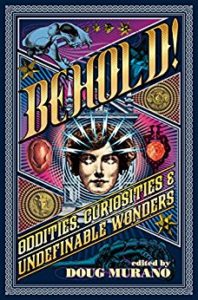 http://amzn.eu/1o4Lgzf
http://amzn.eu/1o4Lgzf

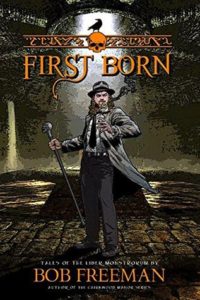 http://amzn.eu/8YaZrvS
http://amzn.eu/8YaZrvS
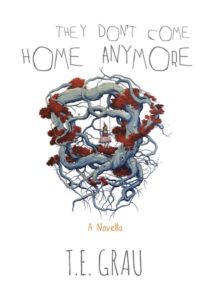 http://a.co/bhtGXak
http://a.co/bhtGXak
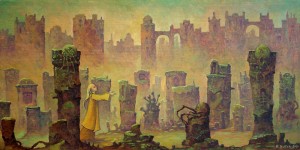
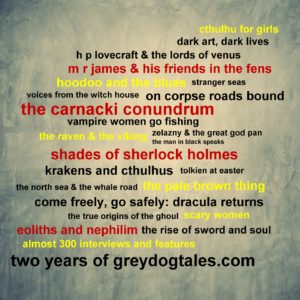

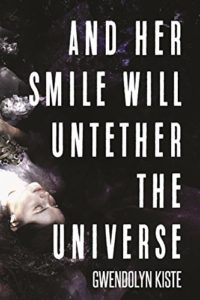

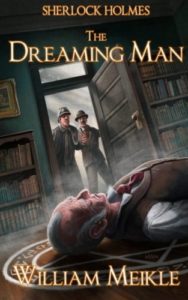 http://amzn.eu/gTtqurC
http://amzn.eu/gTtqurC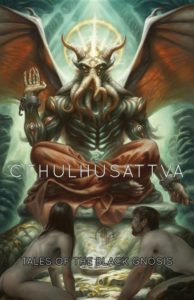
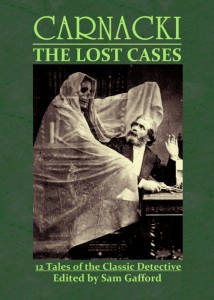
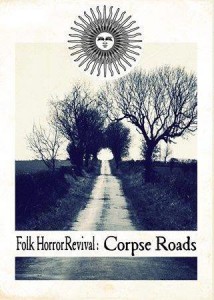
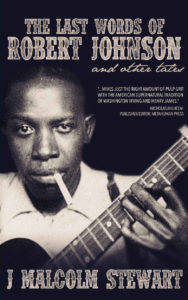
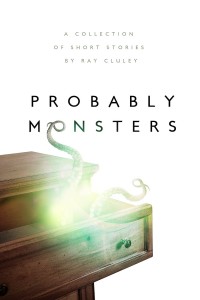
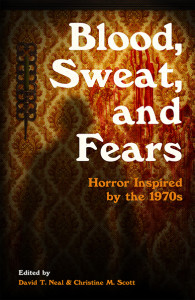
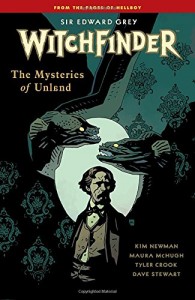

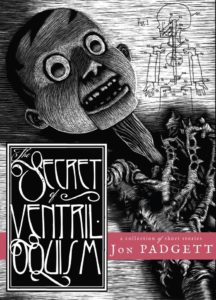


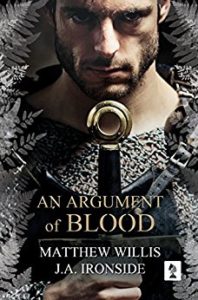 http://amzn.eu/g08lD7V
http://amzn.eu/g08lD7V
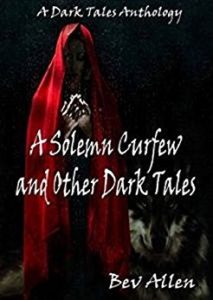 https://kentishmaid.wordpress.com/books/a-solemn-curfew-and-other-dark-tales/
https://kentishmaid.wordpress.com/books/a-solemn-curfew-and-other-dark-tales/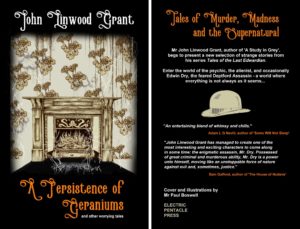
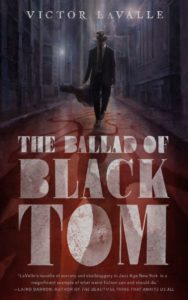
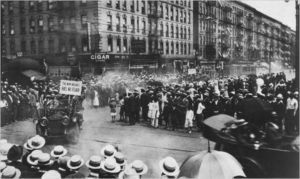
 http://www.goldengoblinpress.com/store/#!/Heroes-of-Red-Hook-Softcover/p/74102013
http://www.goldengoblinpress.com/store/#!/Heroes-of-Red-Hook-Softcover/p/74102013